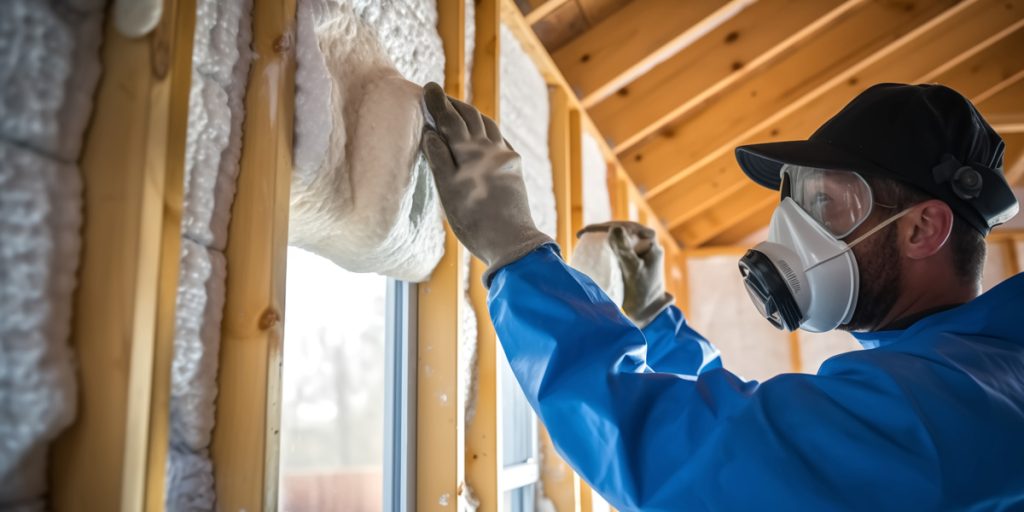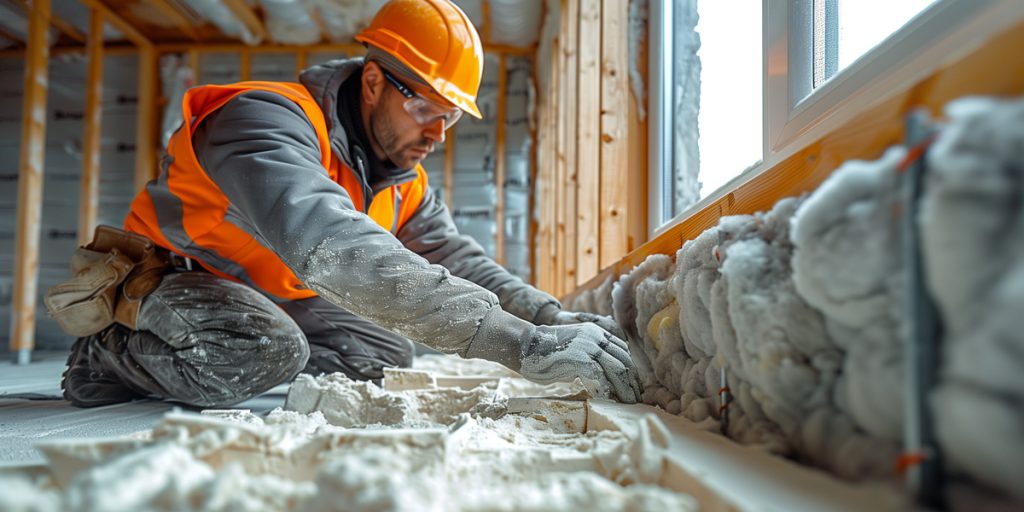Choosing the right insulation for your home is crucial to enhance energy efficiency, reduce heating costs, and improve overall comfort. In the UK, where the climate varies widely throughout the year, selecting insulation materials that suit different parts of your home can make a significant difference. This comprehensive guide explores various types of insulation commonly used in UK homes, their benefits, installation methods, and factors to consider when making your decision.
Introduction to Home Insulation
Insulation is a fundamental component of energy-efficient homes, helping to retain heat in winter and keep interiors cool in summer. Effective insulation reduces the need for heating and cooling, thereby lowering energy bills and reducing carbon emissions. In the UK, where heating accounts for a significant portion of household energy consumption, choosing the right insulation is essential for both financial savings and environmental sustainability.
Factors to Consider When Choosing Insulation
Before delving into specific types of insulation, it’s essential to consider several factors that can influence your decision:
- Location and Climate: Different regions of the UK experience varying weather conditions, from cold and wet in the north to milder and drier in the south. The insulation requirements for homes in Scotland may differ from those in southern England due to these climate variations.
- Building Type: The age, size, and construction of your home can impact the choice of insulation materials and installation methods. Older homes may require more extensive retrofitting compared to newer builds.
- Energy Efficiency Goals: Consider your long-term energy efficiency goals and budget. Some insulation materials may have higher upfront costs but offer better long-term savings through reduced energy consumption.
- Environmental Impact: Evaluate the environmental credentials of insulation materials, including their embodied carbon footprint, recyclability, and contribution to indoor air quality.
Common Types of Insulation for UK Homes
1. Loft Insulation
Material: Mineral wool (fiberglass or rock wool), cellulose, or spray foam. Benefits: Reduces heat loss through the roof, easy to install, cost-effective. Installation: Rolls or batts laid between joists or blown-in insulation.
2. Cavity Wall Insulation
Material: Foam insulation, mineral wool, or polystyrene beads. Benefits: Improves thermal efficiency, reduces heating bills, minimal disruption during installation. Installation: Injected into the cavity between outer and inner walls of newer homes.
3. Solid Wall Insulation
Internal Insulation:
- Material: Rigid boards (e.g., expanded polystyrene), mineral wool, or reflective insulation.
- Benefits: Enhances thermal comfort, reduces energy demand, preserves interior space.
- Installation: Applied to the inner surface of external walls, requiring internal redecoration.
External Insulation:
- Material: Insulated render systems, cladding, or insulated panels.
- Benefits: Improves aesthetic appeal, minimizes thermal bridging, enhances weather resistance.
- Installation: Applied to the exterior walls, preserving internal living space and enhancing building appearance.
4. Underfloor Insulation
Material: Rigid boards (e.g., extruded polystyrene), mineral wool, or spray foam. Benefits: Reduces heat loss through floors, improves comfort, particularly in older properties. Installation: Installed beneath suspended floors or between floor joists, depending on accessibility.
5. Flat Roof Insulation
Material: PIR (Polyisocyanurate) boards, mineral wool, or spray foam. Benefits: Enhances thermal efficiency, prevents heat loss through flat roof surfaces. Installation: Applied above or below the roof deck, depending on the construction type.
6. Acoustic Insulation
Material: Dense mineral wool, recycled cotton, or soundproofing foam. Benefits: Reduces noise transmission between rooms or from external sources. Installation: Installed within wall partitions, floors, or ceilings to improve sound insulation.
Choosing the Best Insulation for Your Home
Considerations:
- R-Value: The insulation’s thermal resistance determines its effectiveness. Higher R-values indicate better thermal performance.
- Moisture Resistance: Ensure insulation materials are resistant to moisture to prevent mold growth and maintain efficiency.
- Installation Complexity: Evaluate whether the chosen insulation requires professional installation or can be DIY-friendly.
- Fire Safety: Check for fire-resistant properties, especially in materials installed close to heat sources or electrical components.
- Environmental Impact: Opt for sustainable insulation materials with minimal environmental impact and high recyclability.
Benefits of Proper Insulation
- Energy Savings: Reduce heating and cooling costs year-round by maintaining consistent indoor temperatures.
- Comfort: Enhance indoor comfort by minimizing drafts, temperature fluctuations, and noise pollution.
- Environmental Impact: Lower carbon footprint by reducing energy consumption and reliance on fossil fuels.
- Property Value: Increase market appeal and property value by enhancing energy efficiency ratings and comfort levels.
Conclusion
Selecting the best insulation for your UK home involves understanding your home’s specific needs, climate considerations, and budget constraints. Whether upgrading existing insulation or installing in a new build, the right choice can lead to significant energy savings, improved comfort, and a reduced environmental footprint. By prioritizing energy efficiency and choosing sustainable materials, homeowners can create warmer, more comfortable living spaces while contributing to national and global efforts to combat climate change.



